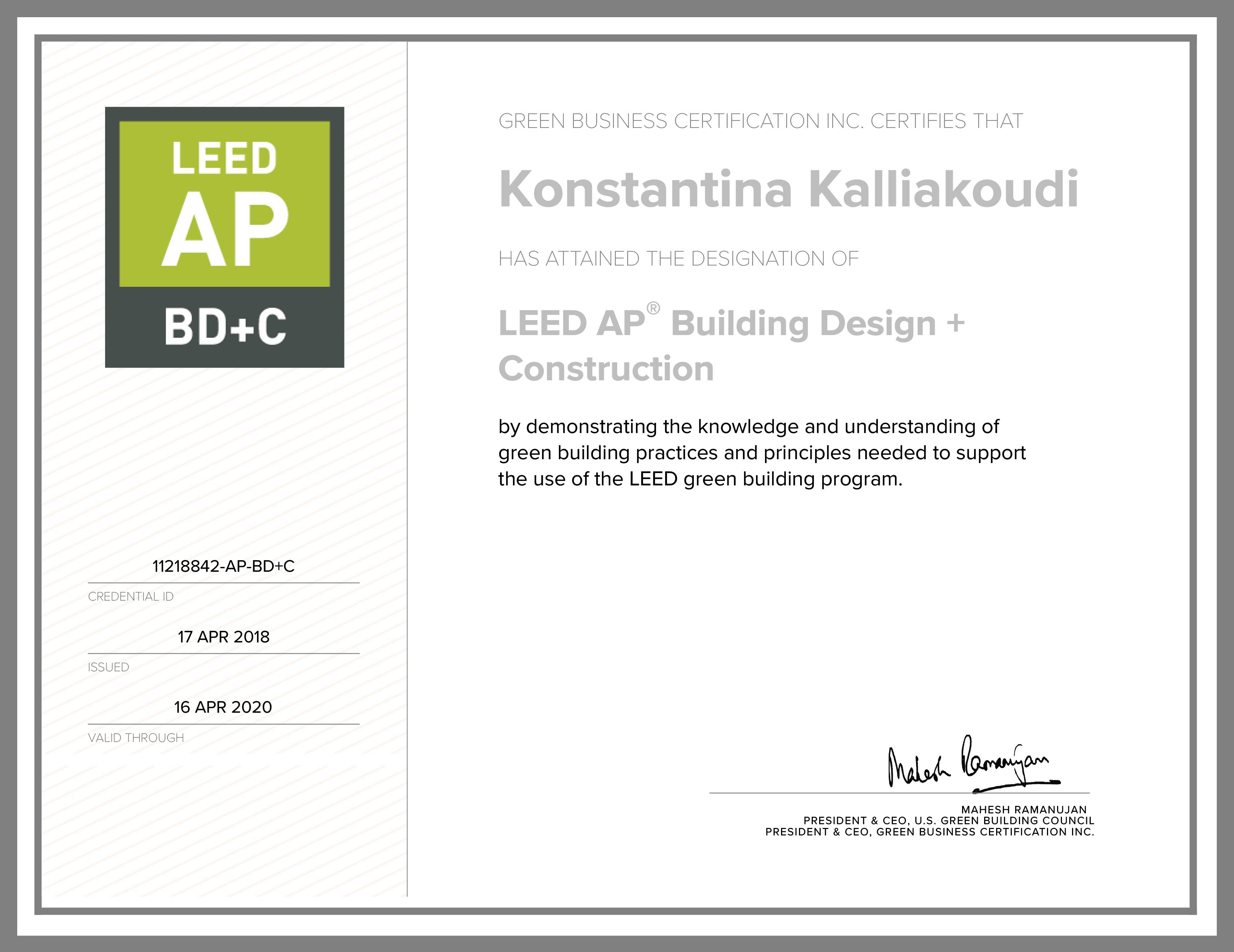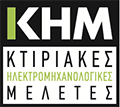Certification of Buildings with LEED
An Introduction to LEED
The rating system LEED BD+C (Building design and Construction) concerns the certification at the Design and the Construction Stage of a New Building or a Major Renovation.
The types of the buildings that can be certified under LEED BD+C (Building design and Construction) are following:
- New Construction and Major Renovations (Office buildings, residential buildings of 4 stories or more, etc)
- Retail
- Schools
- Data Centers
- Healthcare
- Hospitality (Hotels, Motels, etc)
- Warehouses and Distribution Centers
The certification levels of LEED BD+C are Certified, Silver, Gold and Platinum. To receive one of four levels of certification, projects must achieve a specific number of points as following:
- Certified: 40 – 49 points
- Silver: 50 – 59 points
- Gold: 60 – 79 points
- Platinum: 80 – 110 points
The rating system LEED BD+C consists of 9 credit categories. In each category a maximum number of points can be achieved. For the LEED BD+C New Construction and Major Renovation the maximum achieved points are following:
- Integrative Process – 1 point
- Location and Transportation – 16 points
- Sustainable Sites –10 points
- Water Efficiency –11 points
- Energy and Atmosphere –33 points
- Materials and Resources –13 points
- Indoor Environmental Quality –16 points
- Innovation– 6 points
- Regional Priority – 4 points
The following are brief overviews of the credit categories within the LEED BD+C rating system:
- Integrative Process: Integrative Process is implemented at the “predesign phase” of the project. At this early stage a “simple box energy modeling Analysis” and a “Water budget Analysis” of the building is conducted, which goals to a preliminary calculation of the consumption of energy and potable water of the building.
- Location and Transportation: This category rewards buildings that are located in dense areas and have access to a variety of transportation options.
- Sustainable Sites: This category rewards strategies that minimize the impact on ecosystems and water resources.
- Water Efficiency: This category goals to the reduction of potable water consumption.
- Energy and Atmosphere: This category promotes better building energy performance through strategies like: Energy Optimization, Refrigerant management, renewable energy etc.
- Materials and Resources: This category focuses on minimizing the embodied energy and other impacts associated with extraction, processing, transport and disposal of building materials.
- Indoor Environmental Quality: This category encourages strategies that promote better indoor environment.
- Innovation: The innovation category promotes building practices that are innovative and that are not covered under other LEED credit categories.
- Regional Priority: This category addresses regional environmental priorities for buildings in different geographic regions.
LEED consultant services: We Certify your project under LEED in 6 steps
Our company has specialized mechanical engineers – who are LEED certified (LEED AP) and will support the certification of your building with professionalism and passion.
Step 1: The goal of LEED certification (Certified, Silver, Gold, Platinum) must be set.
In order to set the goal of certification, our company will examine the general parameters of the building (location, building use, existing preliminary designs, budget).
Then, our company in collaboration with the owner / investor of the building and taking into account the budget of the project, will formulate the optimal scoring scenario for LEED certification.
Step 2: Our company prepares the technical requirements for the scoring of each intended credit for the LEED certification.
These requirements are communicated to all involved designers of the project. This is the stage of communication. Communication is two-way. It may be necessary to modify the initial scoring scenario. But through this communication the final scoring scenario will arrive.
Step 3: Our company proceeds with the project registration in the GBCI ( LEED certification organization).
Step 4: The documentation of each intended credit is conducted. For this purpose, our company creates a list of responsibilities for each credit. This list describes exactly for each credit what must be submitted and who of the Project group will be responsible to compose the documentation. This list is communicated to all designers of the project.
Step 5: Energy Simulation of the building. In this step our company uses international software, which is certified by LEED, in order to simulate the energy behavior of the building. This step is very crucial and important, because the LEED itself gives at this step special weight. Just to point out that the “Energy and Atmosphere” section is rewarded with the maximum number of points (33 points). In this step we focus and combine LEED with our long experience in the field of MEP Design and energy saving.
We offer solutions at a technical level that a) improve the energy behavior of the building, b) exceed the requirements of EPC (Energy Performance Certificate), c) give a high score on the credit “Optimize Energy Performance” (subcategory of “Energy and Atmosphere”), d) are financially efficient .
In collaboration with the “Research and Development” department of our company we have developed our own specialized software that simulates with absolute accuracy the innovative energy saving solutions we propose.
Step 6: At final step our company proceeds to the complete submission to the LEED organization for certification and we await the review of the LEED organization.
After receiving the review, our company will make the necessary modifications. Finally, our company proceeds to the final submission that brings the desired certification of the building according to LEED.

